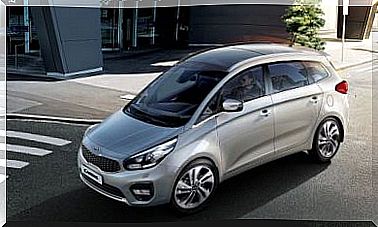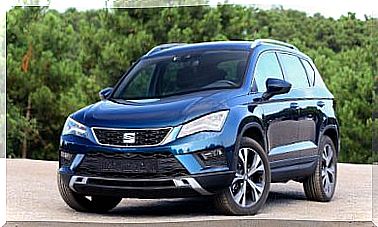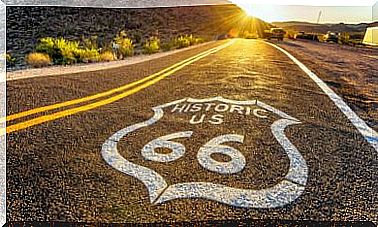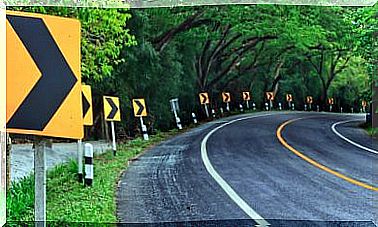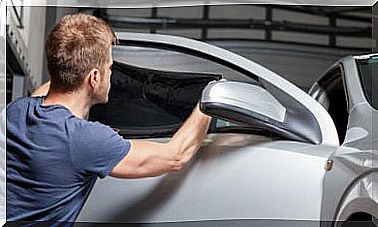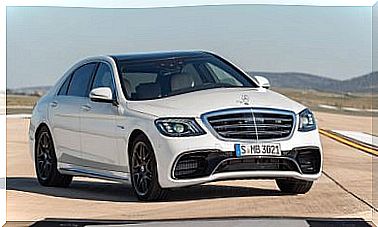Jaguar XE: The Competition Of The German Saloons
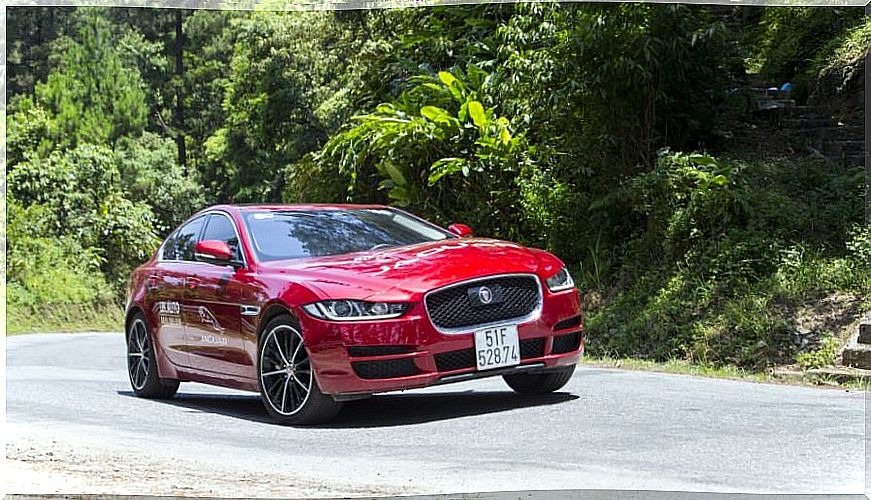
The Jaguar XE went on the market with the nickname of the English BMW 3 Series. With this model, the British manufacturer aims to compete with the Germans in the segment of premium mid-size sedans.
A sober but elegant design, four doors and rear drive are the main ingredients of the English formula of the Jaguar XE.
Jaguar XE exterior
Its dimensions are 4.67 meters long, 1.85 wide and 1.42 high. In terms of size, its main competitors are the BMW 3 Series, the Audi A4 and the Mercedes C-Class. It is 4 cm longer than the BMW and a little shorter than the Audi, being on par with the Mercedes.
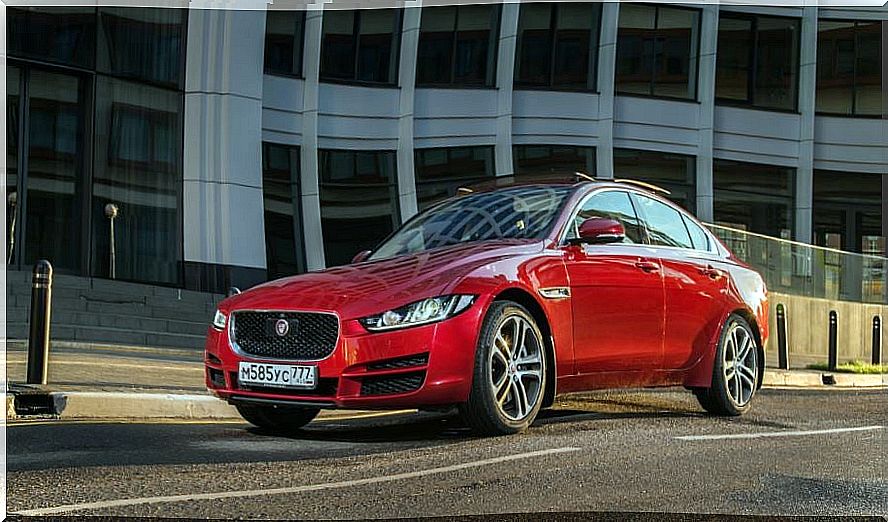
It also resembles other premium saloon models such as the Lexus IS or the Volvo S60 in terms of positioning and dimensions.
At the moment it is only offered in a traditional saloon version, and it does not have sports alternatives. This shortage of repertoire is the Jaguar XE’s problem compared to its competitors. The German models have more varied options in bodywork and with higher powers.
The brand’s classic design grille is chrome-plated, with two gills standing out on the front wings. The side profile ends in a slightly tapered shape at the rear.
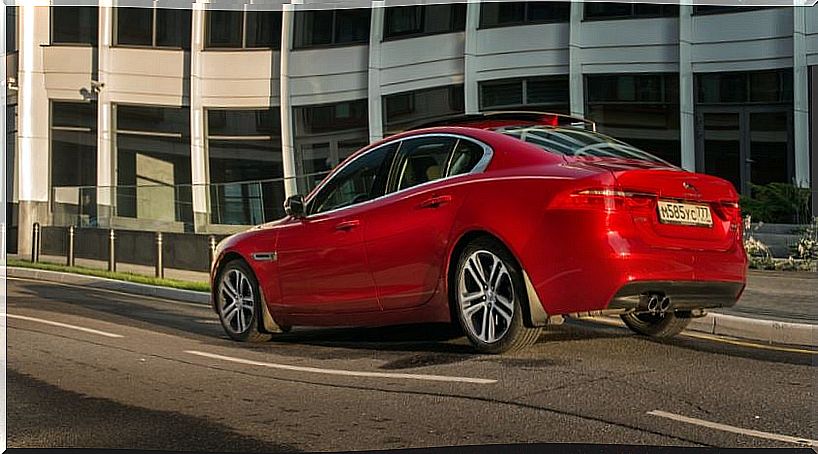
The headlights have LED technology and the double chrome tailpipe adorns the rear view of the car. The rims are striking and elegant, and can be painted in gloss black, which stands out with the option of pearl white paint.
The engine range of the English saloon
As for the engines, there are two 2.0 Ingenium aluminum diesel models developed by Jaguar-Land Rover. The powers of these diesel options are 163 and 180 hp. With the more variant, higher performance can be obtained in exchange for practically the same consumption.
As for the gasoline options, you can find a 2.0 four-cylinder models with turbo and 200 hp. There is also a variant of the same design with 240 hp. At the top of the range there is a 3.0 V6 supercharged by compressor with 340 hp of power. This last option is the S version of the Jaguar XE.
The interior design of the XE
Inside, how could it be otherwise in a Jaguar vehicle, the design is elegant. It has proportions that convey harmony and an aesthetic with very careful details.
One of the few negative details is the presence of protruding screws in the glove compartment, which breaks with the well-cared aesthetics of the rest of the cabin. The side of the interior area is adorned with a different colored frame.
Its considerable size stands out on the steering wheel and, after activating the ignition, the wheel for the automatic transmission emerges from the central panel. This little engineering detail catches anyone’s eye.
The start is carried out with the Start Engine button painted red and with a flashing light, calling on the driver to press it and start driving.
As another drawback, the adjustments between pieces can be mentioned, which leave a bad feeling to the touch. This also occurs with some buttons, such as the entertainment and air conditioning buttons, and with some controls such as the turn signals. These widely used controls have a rough plastic feel, unbecoming of a high-end vehicle.
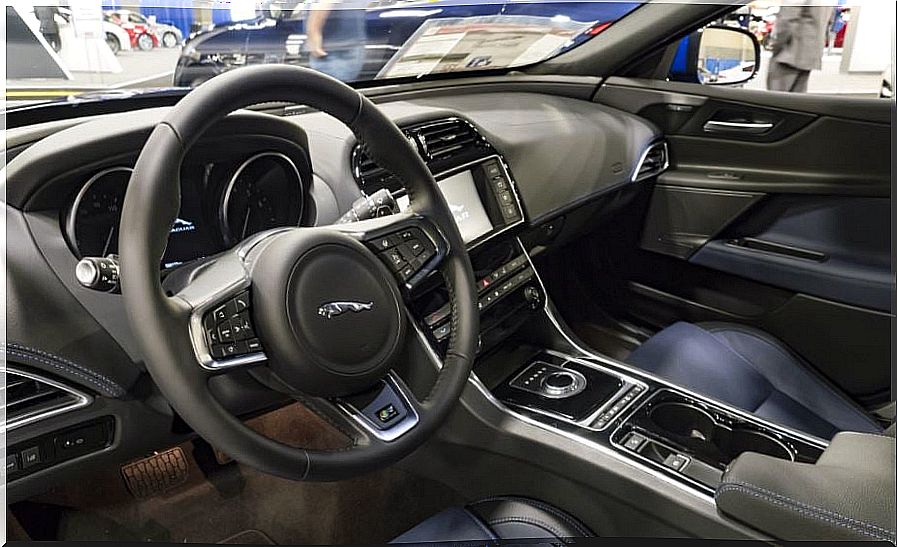
Driving and consumption
Starting the Jaguar XE with a cold engine is noisy. The first sensation can be unpleasant, it seems that there is not good coordination between the engine and the gearbox. The throttle can also feel jerky when starting off.
On the other hand, the Stop & Start system works quickly and effectively. This allows urban consumption close to 8 liters per 100 km.
In terms of visibility, the small windows with wide pillars represent a disadvantage, giving a more unsafe and uncomfortable driving sensation.
During highway driving the engine does not reach 2,000 rpm even reaching 120 km / h. The insulation of the car and the good absorption of bumps of the suspension improve the sensations when driving on fast roads.
In these conditions, the consumption of the Ingenium diesel engine achieves an average consumption of 4.7 liters per 100 km, which may be the option with the best consumption.
Overall, the Jaguar XE is a sleek, well-performing car, although it appears to have some room for improvement. The engine and gearbox would require some tweaking to refine the driving experience. The internal details could use a redesign in some parts to bring the finish to the luxury level of the vehicle. Of course, it is a great competitor in the classic saloon market, and it all depends on the needs and of course, on taste.
